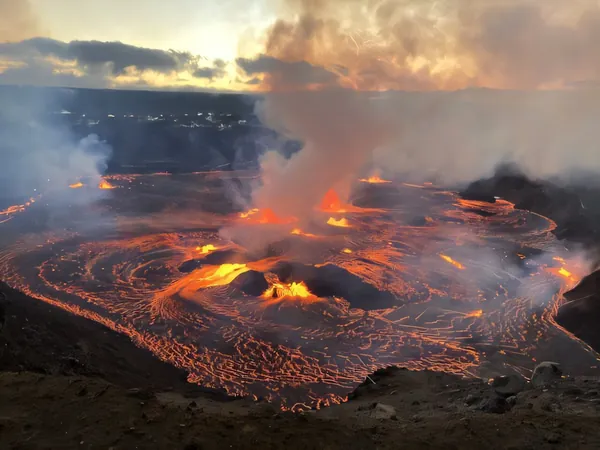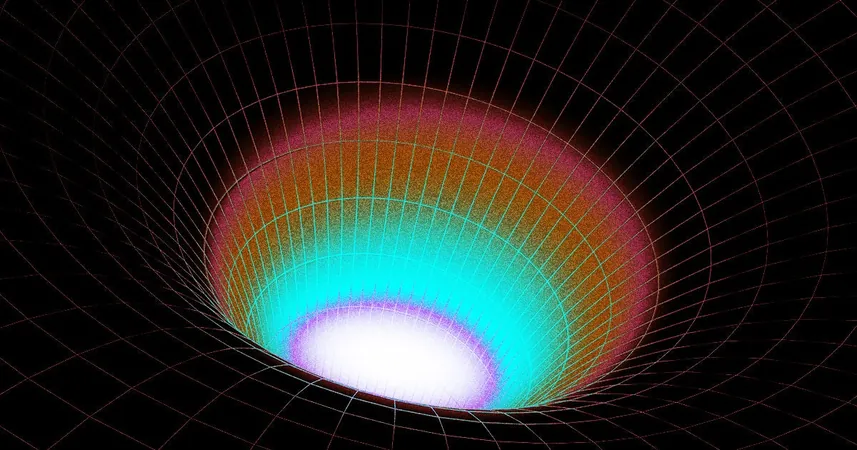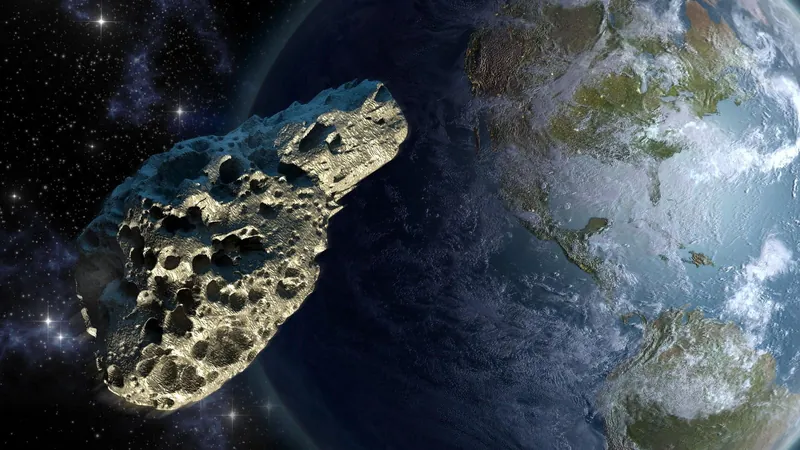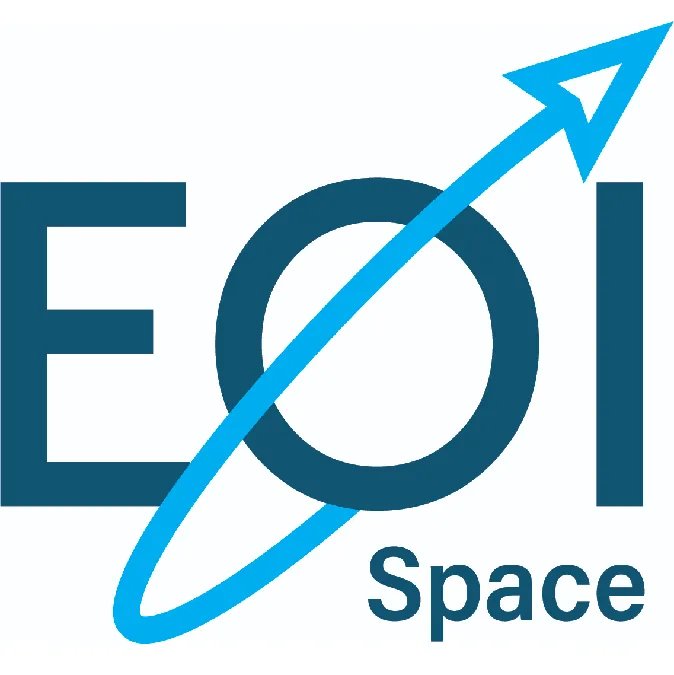
James Webb Space Telescope: A Groundbreaking Success Three Years Since Launch!
2024-11-06
Author: Emma
The James Webb Space Telescope, positioned nearly a million miles from Earth in a halo-like orbit, is revolutionizing our understanding of the universe. Launched with immense expectations, Webb has surpassed them by unveiling cosmic secrets that extend further than humanity has ever witnessed.
In a groundbreaking announcement made in May, astronomers revealed that Webb had identified the most distant galaxy to date—an astonishing discovery that showcases the telescope's prowess. This galaxy, a hazy blob of red light, existed merely 290 million years after the Big Bang. The light from this galaxy, which carries a mass hundreds of millions of times greater than our Sun, traveled over 13 billion years before reaching Webb's specialized gold-coated mirror.
Just a couple of months later, in July, scientists shared a stunning image captured by Webb of an exoplanet orbiting a star that is slightly cooler than our Sun, located nearly 12 light-years away. This alien world, several times the mass of Jupiter, is the closest exoplanet ever to be directly imaged. Utilizing a coronagraph, one of Webb's sophisticated science instruments, astronomers were able to block out the star's bright glare, revealing the planet's faint signature and allowing for chemical analysis through spectroscopy.
Since commencing scientific observations in 2022, the $10 billion Webb telescope has become a hub of breakthroughs. Interest in utilizing Webb is skyrocketing, promising a plethora of future discoveries.
A Record-Breaking Demand for Observing Time
Recently, the Space Telescope Science Institute, which manages Webb on behalf of NASA and international collaborators, announced it received a staggering 2,377 unique proposals for observing time. This flurry of interest corresponds to approximately 78,000 hours of requested observing time, significantly surpassing Webb's available capacity for this "Cycle 4" of observations—by a factor of nine! The previous cycle also experienced a similar level of oversubscription.
An extensive selection committee comprising over 600 scientists will assess these proposals, prioritizing those most likely to unveil new insights. Notably, many proposals are focused on examining "high-redshift" galaxies, which comprise the earliest cosmic structures formed after the Big Bang. The light from these ancient galaxies has been stretched to longer wavelengths due to the universe's expansion. Other prominent categories include research on exoplanet atmospheres and stellar populations.
Webb stands as a joint venture between NASA, the European Space Agency, and the Canadian Space Agency. Its monumental 21.3-foot (6.5-meter) primary mirror and four infrared instruments uniquely equip it to detect faint thermal energy from the dark expanses of space, making it a versatile research platform. Scientists are vying for time to study an astonishing variety of targets, including objects within our Solar System, exoplanets from neighboring star systems, cosmic gas and dust, supermassive black holes, and more.
The Future of Cosmic Exploration
Despite the telescope's relative youth, its potential output is already tantalizingly evident. There’s strong optimism that Webb will uncover even older and more distant galaxies than those already identified. With thousands of known exoplanets awaiting study and countless cosmic wonders on the horizon, the future for Webb promises extraordinary revelations.
Astronomers are brimming with innovative ideas and target suggestions. Perhaps as technology progresses—with new super heavy-lift rockets or advances in in-space assembly—we might see even more sensitive space telescopes come into play. For now, we can appreciate Webb’s current accomplishments and its potential to exceed its original five-year mission design. Let us revel in the stunning discoveries that await as Webb continues to unveil the mysteries of the universe!









 Brasil (PT)
Brasil (PT)
 Canada (EN)
Canada (EN)
 Chile (ES)
Chile (ES)
 España (ES)
España (ES)
 France (FR)
France (FR)
 Hong Kong (EN)
Hong Kong (EN)
 Italia (IT)
Italia (IT)
 日本 (JA)
日本 (JA)
 Magyarország (HU)
Magyarország (HU)
 Norge (NO)
Norge (NO)
 Polska (PL)
Polska (PL)
 Schweiz (DE)
Schweiz (DE)
 Singapore (EN)
Singapore (EN)
 Sverige (SV)
Sverige (SV)
 Suomi (FI)
Suomi (FI)
 Türkiye (TR)
Türkiye (TR)